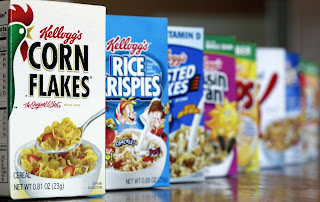OREO- Its launch and Establishment in India
The “Oreo Biscuit” was first developed and produced in 1912 by National Biscuit Company (today known as Nabisco), in New York, US. Today it’s been more than 100 years and now it has become one of the bestselling cookie brand with $2 billion global annual revenues. Its advertising slogan, “ America’s Best Loved Cookie ” became popular, but limited his growth in US market only. Mondelez International later acquired the company and launched Oreo in India in March 2011. BRAND STRATEGY IN INDIA: There was 17% growth in biscuit category (in India) when Mondelez introduced Oreo. Since Mondelez was already a leader in chocolate category (Cadbury being one of its brand portfolio), so now it imposed challenges in Biscuits category also. The only challenge faced by Mondelez was to enter a market where the three biscuit category titans- Parle (41%), Britannia (26%) and ITC (8%) acquired total 75% of total market share. These companie...
